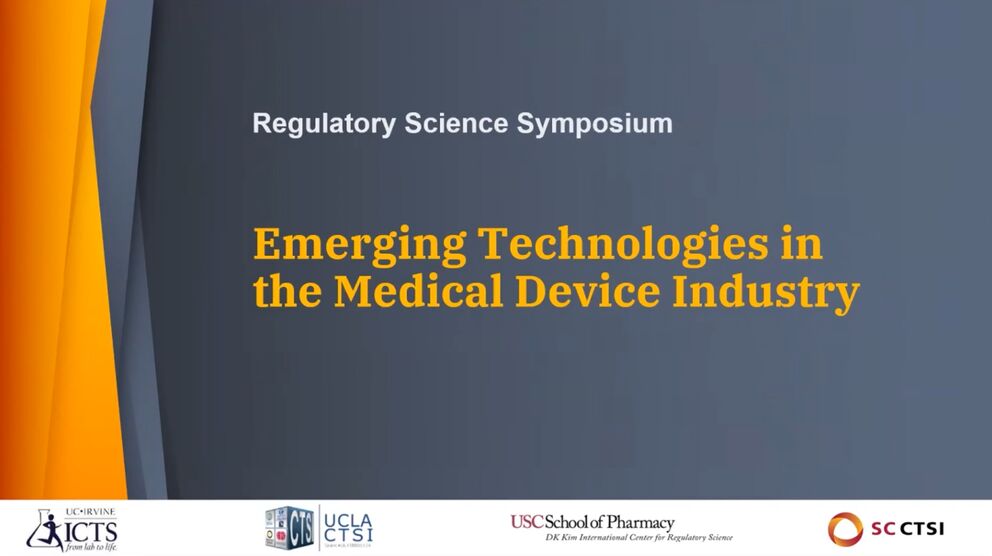- Clinical Virtual Reality:
- Change the world of mental and physical health care.
- Dramatic evolution in the field in the technological advances, more high fidelity, realistic, scientific literature that has evolved
- USC Institute for Creative Technologies:
- Since 1995, has focused on cognitive virtual humans.
- 3-D projection technology. Virtual reality classroom. Physical occupational therapy uses a camera to help make therapy more fun and engaging.
- Cerebral palsy foundation: motor impairments but one movement was used as the interface to help play the video game.
- Virtual humans (patients) for clinical training helps novice clinicians
- SimCoach: Aviation Simulation: tests, trains pilots in training
- Virtual Reality:
- Integrates real-time computer processing, interface technology, body tracking & sensory displays to support a user to interact with and/or become immersed in a computer-generated simulated environment.
- The three “I’s”: Immersion, interactivity, and imagination
- Immersive (hands are shown, and used in VR)
- Interactivity (balance, moving body around) interaction with virtual training characters.
- Interactivity: An example is utilizing it for adults with autism searching for a job.
- Clinical virtual reality:
- In VR, you can fool the brain. Frontal lobes may say, “It's not that realistic,” and it still activates anxiety and other reactions.
- Five core elements: Can help measure, engage, motivate, expose, and distract people.
- Clinical virtual reality helps to:
- Overcome fear.
- Exposure therapy: gradually expose themselves to mostly irrational fears and help them by confronting that fear. Emotionally provocative technology. Phobias are different from fear of an objective threat.
- In a VR Anxiety Disorders Meta-Analysis, those people changed their behavior…this is a functional tool for exposure therapy.
- Overcome trauma. There is relief as you avoid it. Examples: Trauma from PTSD, Virtual Vietnam, World Trade Center.
- Didn’t get much traction until an article came out to claim it was helping to treat PTSD. Startle response/cortisol activity reduces over time.
- Natural Navigational Control.
- People with morbid depression will do well with VR, since they are hard to activate in person.
- No adverse effects; significant reductions in PTSD. starting to be looked at as civilian treatment. 76.7% would have picked VR therapy.
- High-trauma occupations: police (training to deal with difficult people/ situations), firefighters, vets, raped adults, battered women, and abused children.
- VR can help address the needs of doctors and nurses. High levels of suicide levels. COVID-19 Impact on healthcare professions was significant.
- Ukraine Project: significant mental health problem there… mockup of metaverse for fostering social support.
- Experience less pain
- Distract: Video games helped distract burn victims. Users had less perception of pain; less activation in the brain by using VR to help distract from the paint.
- VR with autism patients going to the dentist.
- Placing IVs.
- Great for children but would also benefit adults.
- Shows promise for chronic pain (rewires our brains).
- Reduces discomfort for chemotherapy patients—helps make the treatment feel shorter than it was)
- Rehabilitate brain or spinal cord injury
- Virtual reality exercise and relaxation applications
- Test and train cognitive function
- Neuropsychological methods
- Neuropsychological assessment
- Cognitive training and rehabilitation
- Scientific study of cognitive & functional processes
- Challenges around traditional assessment methods
- History Taking and Behavioral rating scales: Limited to bias and subjective impressions of the person doing reporting and ratings.
- Psychometric & paper and pencil tests: Ecological relevance/validity for predicting real-world performance.
- Computerized tests: Ecological relevance/validity for predicting real-world performance.
- Fun and Engaging: using gaming elements in a more motivated and focused way.
- Neuropsychological methods
- Overcome fear.
- Head tracking data for ADHD kids.
- Virtual Human Interaction Augmented Reality: no data on augmented reality but VR outperforms interactions with humans for those with autism.
- Summary:
- Five core elements of VR: Expose, motivate, measure, distract, & engage.
- There are general VR ethical issues and clinical VR ethics.
- Can navigate the world using a virtual character version of yourself in Metaverse.
- Hardware is no longer expensive.
- Over 5g connectivity to have access to libraries and content to select therapy for clients.
- Translation from academics to a bigger business. There is a vibrant marketplace for this kind of technology.
- Typically, therapy is confidential information kept between a therapist and the patient… is VR therapy kept confidential?
- Questions?
Regulatory Science Virtual Symposium: “Emerging Technologies in the Medical Device Industry” Session 3: Clinical Virtual Reality: Seven Ways that Virtual Reality Will Change the World of Mental Healthcare! (2022)
Course Syllabus/Topics
Acknowledgment
Accompanying text created by Roxy Terteryan | RKS Project Administrator, SC CTSI atertery@usc.edu

